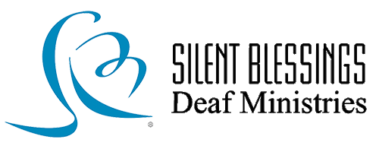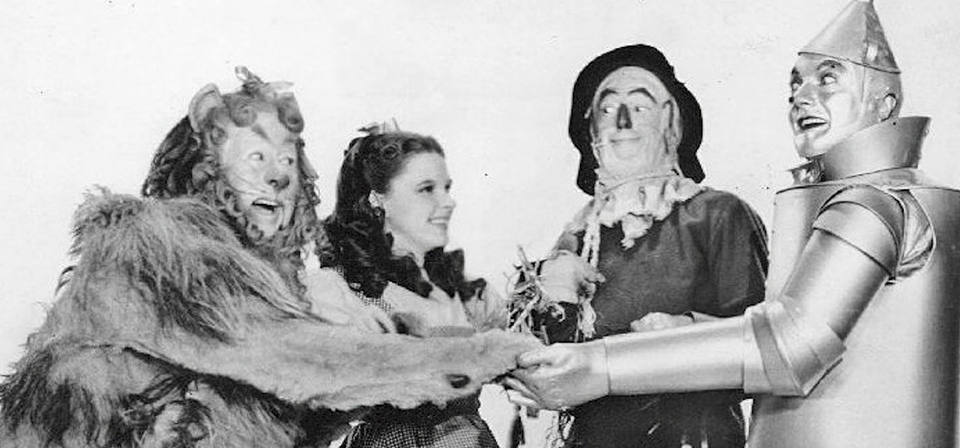Idioms, allusions, and metaphors…oh my!
Let me ask – did your mind bring up an image of a young lady in blue gingham with a scarecrow, tinman, and dog? If you grew up watching “The Wizard of Oz,” it did. The pattern alone would take your mind to a yellow brick path in a dark forest. As a presenter, you could reliably use this pattern or a number of phrases to get your audience to instantly flesh out a whole idea from a simple skeleton. From there, perhaps you’d make the point that no matter what powers entrap or harass you, the mere decision to focus on Jesus and follow His instructions will bring you help until you arrive safely home.
To get the same recall and connection with a deaf audience, one needs to use visual references. Flying monkeys, houses transported by tornadoes, ruby slippers, and of course the yellow brick road. A skilled interpreter would be able to bring the audience to the path in the forest, once they knew for certain this was the right direction. By then, the interpreter is holding three more ideas that have been presented to support the point. It can be done, but honestly, it’s a lot easier if the presenter would use both an audio reference and a visual reference together. We don’t always think of being so inclusive when developing a presentation for a majority audience, but it’s part of what a commitment to deaf ministry in a hearing congregation would entail.
In the average hearing American mind there are several libraries of key words, phrases, and sounds with the power to explode into whole books of information automatically. Similar libraries exist in every deaf mind, but the access method is different, and sometimes the entire library is different. The Abbe de l’Epee, George Veditz, and Bernard Bragg are heroic names surrounded by legend. Most hearing people are limited to Helen Keller, Marlee Matlin, and Nyle Dimarco. Worse, most don’t know (as I didn’t) that Helen Keller is more like the older sister the teachers won’t forget – the model of what successful deaf people “ought to be.” She is more burden than hero in the deaf community. This could ruin a correlation quickly.
This idea of differing libraries is no surprise. CB radio users understand “What’s your twenty?” while geocachers or military folk might ask for coordinates. Southern Gospel music, Comic Con, and the Tiny House Movement are worlds apart with their own collections of buzzwords, names, and common metaphors. Members move and shop in different circles encountering different ideas. The same is true of those who have had significant church/Bible exposure and those who have had very little; likewise with those who live by their ears and those who live by their eyes.
If your hearing congregation is led to develop a deaf ministry, do it. Understand that it will take commitment over extended time. Like the “Pamchenko” (film: The Cutting Edge) – if you go halfway, someone gets hurt.

